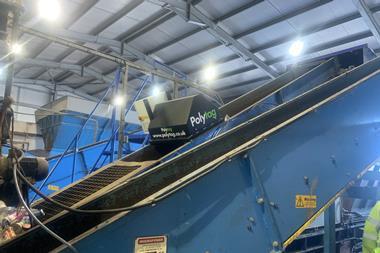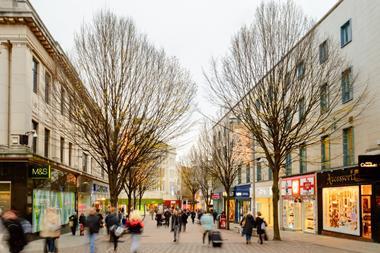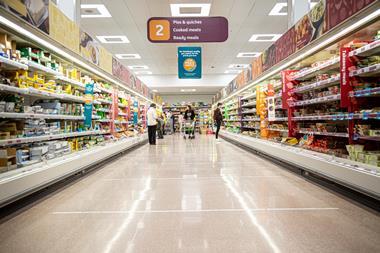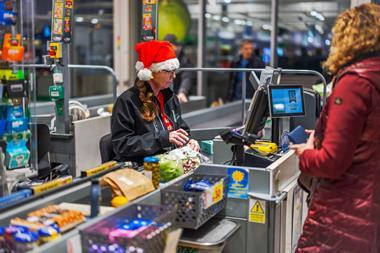Despite one of the coldest Easters on record, visitor numbers rose more than 6% on UK high streets over Good Friday and Easter Saturday compared with last year, according to an industry report. And February 2013 saw the greatest average increase in town centre footfall since December 2011. But how can we turn these encouraging statistics into a sustained trend?
We need a change in attitude, shifting away from a one-dimensional view towards greater consideration of areas such as the night-time economy. High streets are far more than just a place to shop: they are community hubs.
Town centres need to know their own ‘personality’ and potential, understand what their customers and communities want, and make change happen. But a lot of town centres aren’t putting their energy into the right areas.
The Portas Pilots are a prime example. Mary Portas’ review contained valuable recommendations and the government put its money where its mouth was, but some town centres need greater guidance to help them best use their funding.
As the government’s retail pathfinder, Gloucestershire Local Enterprise Partnership is working to help high streets gain a new lease of life. Building on the work of the Department for Business, Innovation & Skills, we’ve produced a report and toolkit to help empower town centres to make real changes. Successful Town Centres - Developing Effective Strategies has been delivered in partnership with the Association of Town & City Management and with input from organisations including the BRC. And the response from retailers has been extremely positive.
The toolkit includes a ‘personality test’. Brick Lane and Deptford, for example, are classified as ‘community-focused entrepreneurs’ with a retail offer for a diverse community other town centres such as Cheltenham and York are ‘sustainable destinations’ due to a high volume of national and international visitors and a strong leisure offer.
“High streets must offer more than just a place to shop”
Town centres with a ‘specialist’ personality type (such as Padstow or Skipton) commonly feature a good night-time economy and independent retailers while ‘global celebrities’ such as Liverpool city centre cater for a high volume of global visitors and often feature major retail brands. Knowing a town centre’s personality helps us understand its selling points. It also allows a comparison between what a town centre thinks it offers, and the perceptions of its visitors. The gap between the two helps create a robust improvement plan.
So what happens next? It is up to us all to make sure change is happening on the ground. The first step is collective recognition that high streets must offer more than just a place to shop.
Boosting our high streets is not about fighting progress - and in particular the growth of online shopping. Instead, we need to recognise how a high street can adapt to make the most of the opportunities for revival. Local communities are passionate about their high streets and town centres, and LEPs are in a unique position to empower businesses to drive this change.
Diane Savory is chair of Gloucestershire Local Enterprise Partnership


















No comments yet